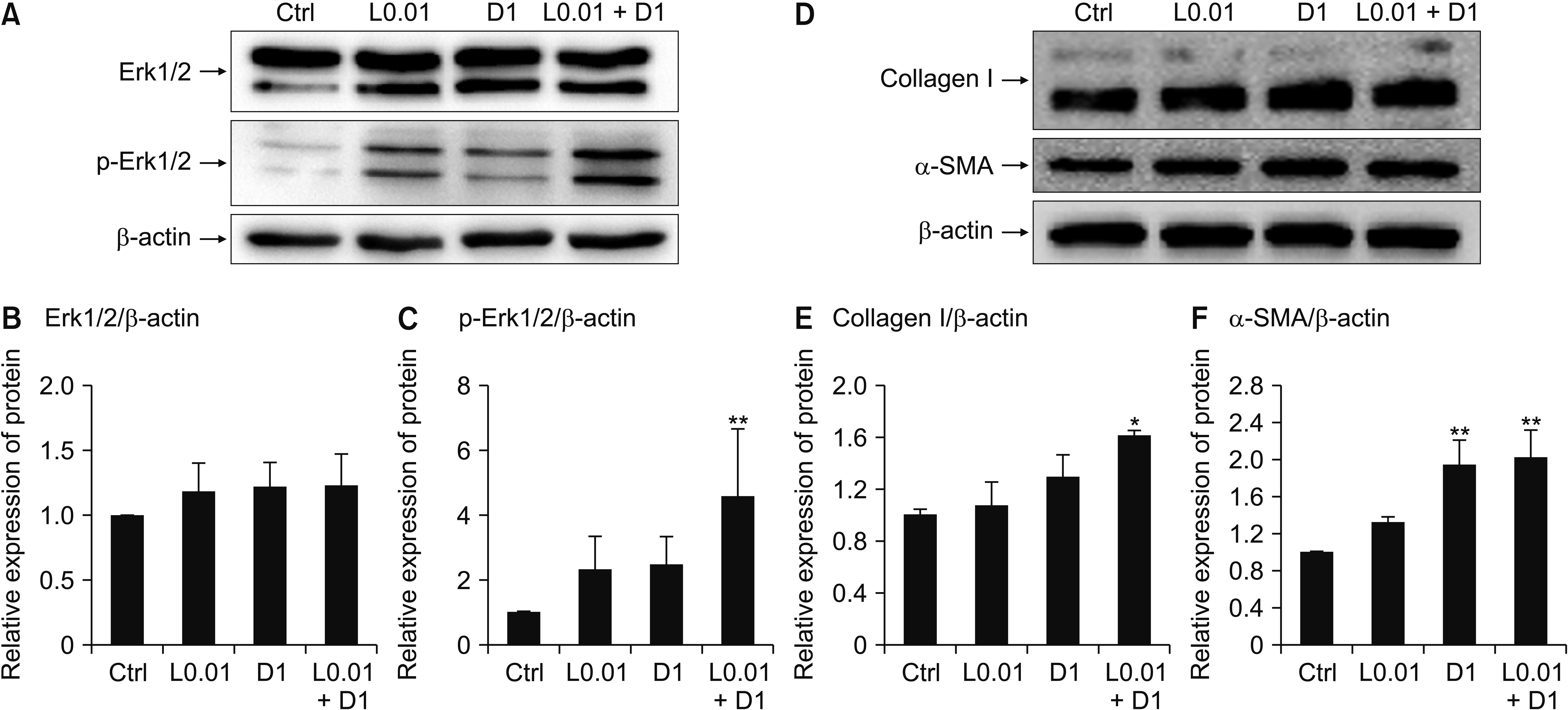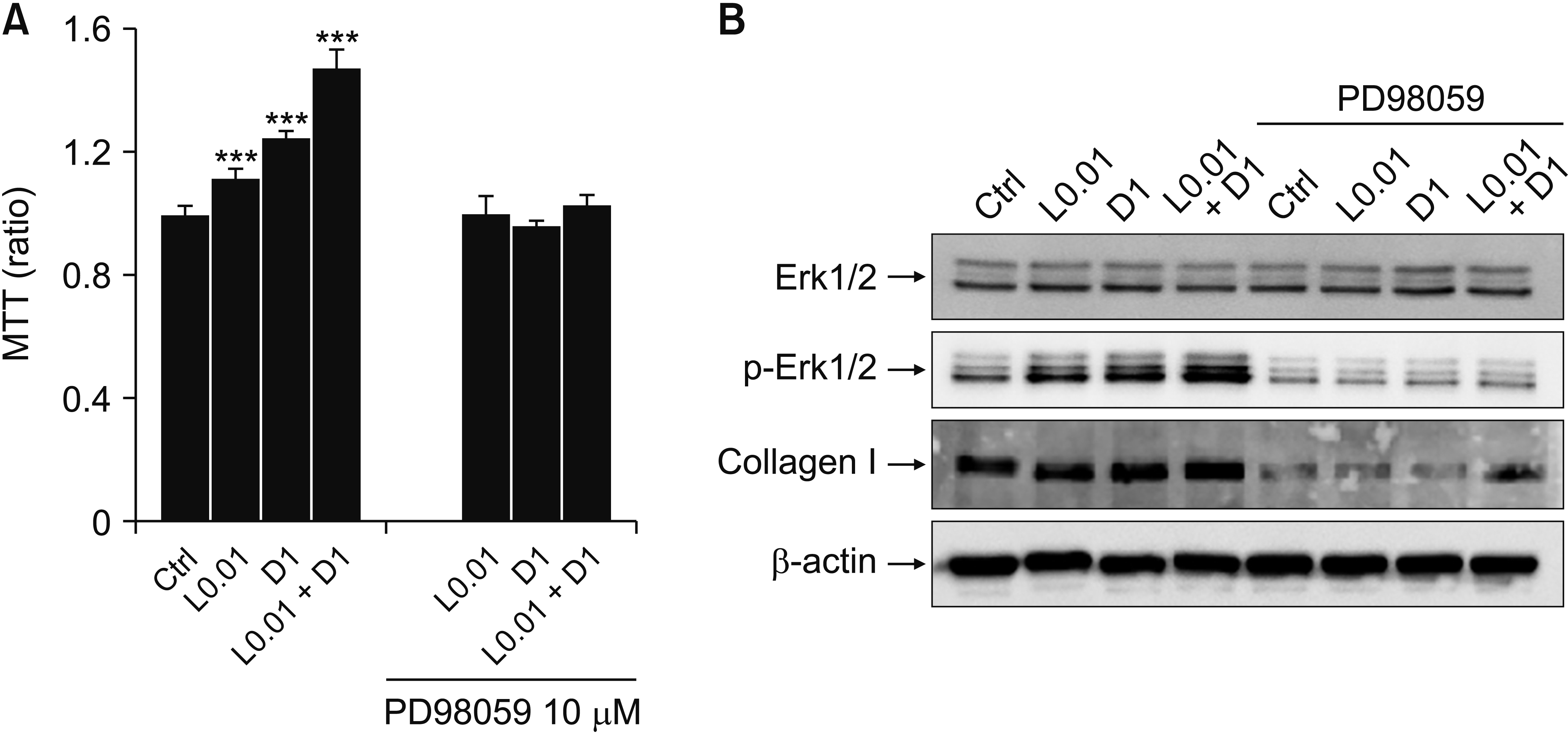1. Banks AR. 1991; A rationale for prolotherapy. J Orthop Med. 13:54–59.
2. Reeves KD. Lennard TA, editor. 2000. Prolotherapy: basic science, clinical studies, and technique. Pain procedures in clinical practice. 2nd ed. Hanley & Belfus;Philadelphia: p. 172–90.
3. Sung CM, Hah YS, Kim JS, Nam JB, Kim RJ, Lee SJ, et al. 2014; Cytotoxic effects of ropivacaine, bupivacaine, and lidocaine on rotator cuff tenofibroblasts. Am J Sports Med. 42:2888–96. DOI:
10.1177/0363546514550991. PMID:
25296645.

5. Reeves KD, Hassanein KM. 2003; Long-term effects of dextrose prolotherapy for anterior cruciate ligament laxity. Altern Ther Health Med. 9:58–62. PMID:
12776476.
6. Topol GA, Reeves KD, Hassanein KM. 2005; Efficacy of dextrose prolotherapy in elite male kicking-sport athletes with chronic groin pain. Arch Phys Med Rehabil. 86:697–702. DOI:
10.1016/j.apmr.2004.10.007. PMID:
15827920.

7. Lyftogt J. 2007; Subcutaneous prolotherapy treatment of refractory knee, shoulder, and lateral elbow pain. Australas Musculoskelet Med. 12:110–2.
8. Wang D, Guan MP, Zheng ZJ, Li WQ, Lyv FP, Pang RY, et al. 2015; Transcription factor Egr1 is involved in high glucose-induced proliferation and fibrosis in rat glomerular mesangial cells. Cell Physiol Biochem. 36:2093–107. DOI:
10.1159/000430177. PMID:
26279418.

9. Shin ES, Huang Q, Gurel Z, Sorenson CM, Sheibani N. 2014; High glucose alters retinal astrocytes phenotype through increased production of inflammatory cytokines and oxidative stress. PLoS One. 9:e103148. DOI:
10.1371/journal.pone.0103148. PMID:
25068294. PMCID:
PMC4113377.

10. Shi L, Ji Y, Jiang X, Zhou L, Xu Y, Li Y, et al. 2015; Liraglutide attenuates high glucose-induced abnormal cell migration, proliferation, and apoptosis of vascular smooth muscle cells by activating the GLP-1 receptor, and inhibiting ERK1/2 and PI3K/Akt signaling pathways. Cardiovasc Diabetol. 14:18. DOI:
10.1186/s12933-015-0177-4. PMID:
25855361. PMCID:
PMC4327797.

11. Han J, Zhang L, Guo H, Wysham WZ, Roque DR, Willson AK, et al. 2015; Glucose promotes cell proliferation, glucose uptake and invasion in endometrial cancer cells via AMPK/mTOR/S6 and MAPK signaling. Gynecol Oncol. 138:668–75. DOI:
10.1016/j.ygyno.2015.06.036. PMID:
26135947. PMCID:
PMC4672629.

12. Saengboonmee C, Seubwai W, Pairojkul C, Wongkham S. 2016; High glucose enhances progression of cholangiocarcinoma cells via STAT3 activation. Sci Rep. 6:18995. DOI:
10.1038/srep18995. PMID:
26743134. PMCID:
PMC4705543.

13. Wang R, Lu L, Guo Y, Lin F, Chen H, Chen W, et al. 2015; Effect of glucagon-like peptide-1 on high-glucose-induced oxidative stress and cell apoptosis in human endothelial cells and its underlying mechanism. J Cardiovasc Pharmacol. 66:135–40. DOI:
10.1097/FJC.0000000000000255. PMID:
25815676.

14. Tsai HY, Lin CP, Huang PH, Li SY, Chen JS, Lin FY, et al. 2016; Coenzyme Q10 attenuates high glucose-induced endothelial progenitor cell dysfunction through AMP-activated protein kinase pathways. J Diabetes Res. 2016:6384759. DOI:
10.1155/2016/6384759. PMID:
26682233. PMCID:
PMC4670652.

15. Cheng NC, Hsieh TY, Lai HS, Young TH. 2016; High glucose-induced reactive oxygen species generation promotes stemness in human adipose-derived stem cells. Cytotherapy. 18:371–83. DOI:
10.1016/j.jcyt.2015.11.012. PMID:
26780864.

17. Lee HT, Xu H, Siegel CD, Krichevsky IE. 2003; Local anesthetics induce human renal cell apoptosis. Am J Nephrol. 23:129–39. DOI:
10.1159/000069304. PMID:
12586958.

18. Kamiya Y, Ohta K, Kaneko Y. 2005; Lidocaine-induced apoptosis and necrosis in U937 cells depending on its dosage. Biomed Res. 26:231–9. DOI:
10.2220/biomedres.26.231. PMID:
16415504.

19. Grishko V, Xu M, Wilson G, Pearsall AW 4th. 2010; Apoptosis and mitochondrial dysfunction in human chondrocytes following exposure to lidocaine, bupivacaine, and ropivacaine. J Bone Joint Surg Am. 92:609–18. DOI:
10.2106/JBJS.H.01847. PMID:
20194319.

20. Chang YC, Hsu YC, Liu CL, Huang SY, Hu MC, Cheng SP. 2014; Local anesthetics induce apoptosis in human thyroid cancer cells through the mitogen-activated protein kinase pathway. PLoS One. 9:e89563. DOI:
10.1371/journal.pone.0089563. PMID:
24586874. PMCID:
PMC3931808.

21. Chang YC, Liu CL, Chen MJ, Hsu YW, Chen SN, Lin CH, et al. 2014; Local anesthetics induce apoptosis in human breast tumor cells. Anesth Analg. 118:116–24. DOI:
10.1213/ANE.0b013e3182a94479. PMID:
24247230.

22. Onizuka S, Tamura R, Yonaha T, Oda N, Kawasaki Y, Shirasaka T, et al. 2012; Clinical dose of lidocaine destroys the cell membrane and induces both necrosis and apoptosis in an identified Lymnaea neuron. J Anesth. 26:54–61. DOI:
10.1007/s00540-011-1260-y. PMID:
22038615.

23. Zhang W, Liu HT. 2002; MAPK signal pathways in the regulation of cell proliferation in mammalian cells. Cell Res. 12:9–18. DOI:
10.1038/sj.cr.7290105. PMID:
11942415.

24. Sugimoto R, Enjoji M, Kohjima M, Tsuruta S, Fukushima M, Iwao M, et al. 2005; High glucose stimulates hepatic stellate cells to proliferate and to produce collagen through free radical production and activation of mitogen-activated protein kinase. Liver Int. 25:1018–26. DOI:
10.1111/j.1478-3231.2005.01130.x. PMID:
16162162.

25. Tang M, Zhang W, Lin H, Jiang H, Dai H, Zhang Y. 2007; High glucose promotes the production of collagen types I and III by cardiac fibroblasts through a pathway dependent on extracellular-signal-regulated kinase 1/2. Mol Cell Biochem. 301:109–14. DOI:
10.1007/s11010-006-9401-6. PMID:
17206378.

26. Darby IA, Laverdet B, Bonté F, Desmoulière A. 2014; Fibroblasts and myofibroblasts in wound healing. Clin Cosmet Investig Dermatol. 7:301–11. DOI:
10.2147/CCID.S50046. PMID:
25395868. PMCID:
PMC4226391.
27. Zhang C, Kong X, Liu C, Liang Z, Zhao H, Tong W, et al. 2014; ERK2 small interfering RNAs prevent epidural fibrosis via the efficient inhibition of collagen expression and inflammation in laminectomy rats. Biochem Biophys Res Commun. 444:395–400. DOI:
10.1016/j.bbrc.2014.01.070. PMID:
24480444.










 PDF
PDF Citation
Citation Print
Print



 XML Download
XML Download